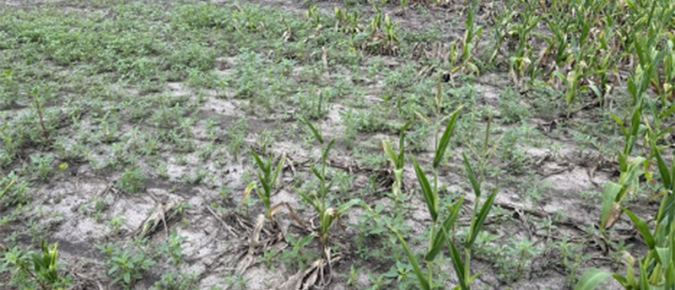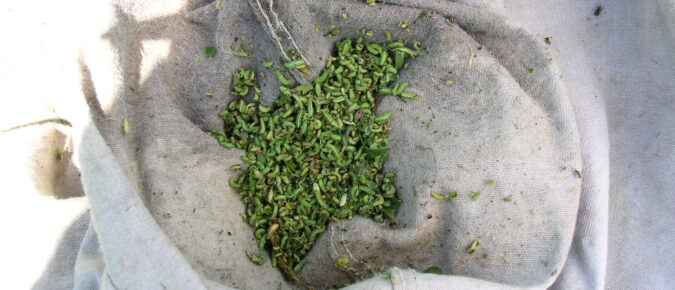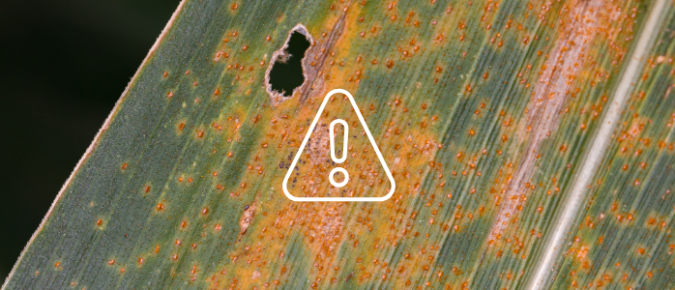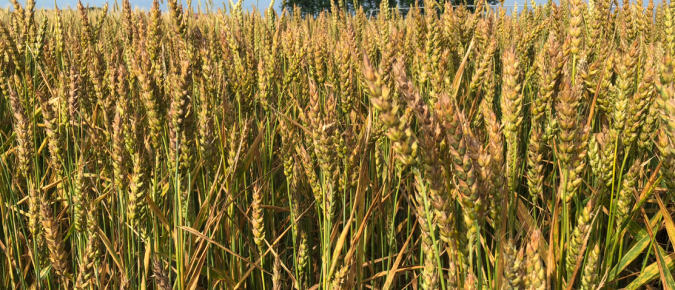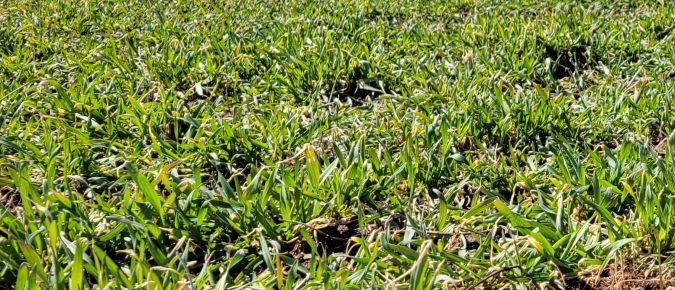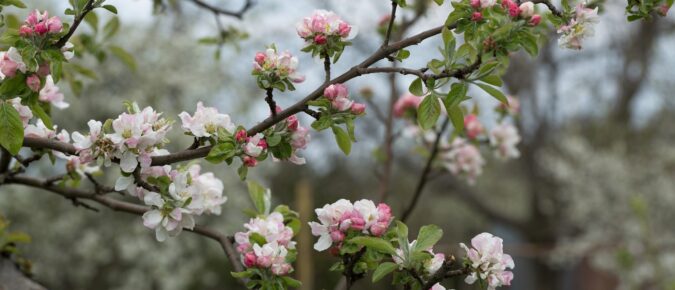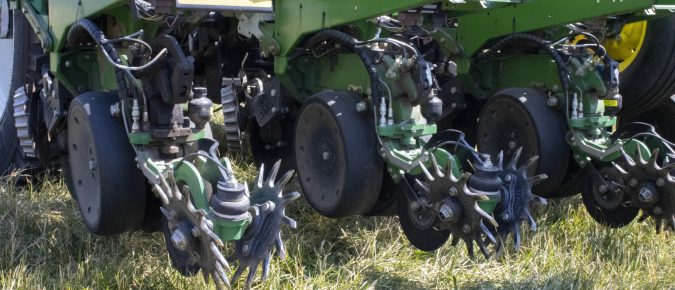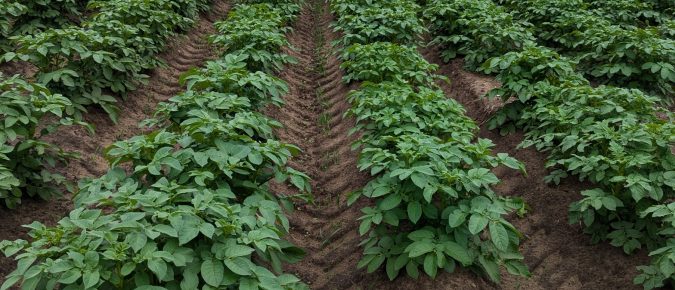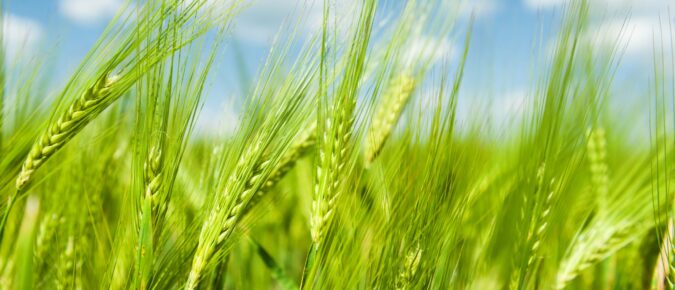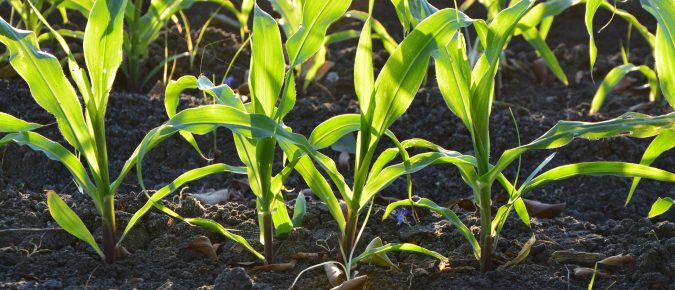Articles
▶ Basic Weed Identification for Crop Scouts
Dan H. Smith hosts the fifth session in our 2025 Foundational Crop Scout Training and covers how to assess weed pressure, record field observations, and identify key weed species in Wisconsin row crops.
▶ Basic Insect Identification for Crop Scouts
Dane Elmquist hosts the fourth session in our 2025 Foundational Crop Scout Training and covers key insect anatomy, life cycles, and identification strategies, along with practical field scouting techniques and sampling tools.
▶ Early Season Disease Update and Management Considerations
In this video, Dr. Damon Smith, UW–Madison Field Crop Pathologist, provides an early season update on crop disease risks and management strategies for Wisconsin.
▶ Early In-Season Decision Cues in Soybean and Small Grains
In this video, Dr. Shawn Conley, UW–Madison Soybean and Small Grains Specialist, shares early-season decision cues for managing soybeans and winter wheat.
▶ June 12 Ag Weather Outlook for Wisconsin
Josh Bendorf from the Wisconsin State Climate Office provides a detailed update on weather and climate conditions across the state as of June 12, 2025.
Notes from the Field: A Growers Perspective – Ben Kraus Chat #4
This week we will hear about Gwenyn Hill Farm’s (Waukesha) plans during fruit set and dive into plum curculio and codling moth management.
▶ How Deep Should You Plant Corn? The Critical Role of Seed Depth
Chris Clark and Landon Baumgartner, UW–Madison Extension Nutrient and Pest Management Team, discuss why getting seed depth right is the key to achieving uniform emergence and strong roots.
▶ Managing Nitrogen in Potato and Vegetable Crops
Dan Marzu, UW–Madison Extension Nutrient and Pest Management Outreach Specialist, and Guolong Liang, UW–Madison Extension Agriculture Water Quality Outreach Specialist, discuss managing nitrogen in potato and vegetable crops.
Small Grains Economics
Adding wheat back into the corn and soybean-dominant grain rotations in Wisconsin can yield dividends that are not captured in the price at the elevator and can maximize profitability over time.
▶ Scouting for Crop Nutrient Deficiencies
Jordyn Sattler, UW–Madison Extension regional crops educator, explains the importance of identifying nutrient deficiencies, how to recognize key symptoms like chlorosis, necrosis, and stunting, and how to use tools like NDVI imagery and plant tissue sampling for accurate diagnosis.

